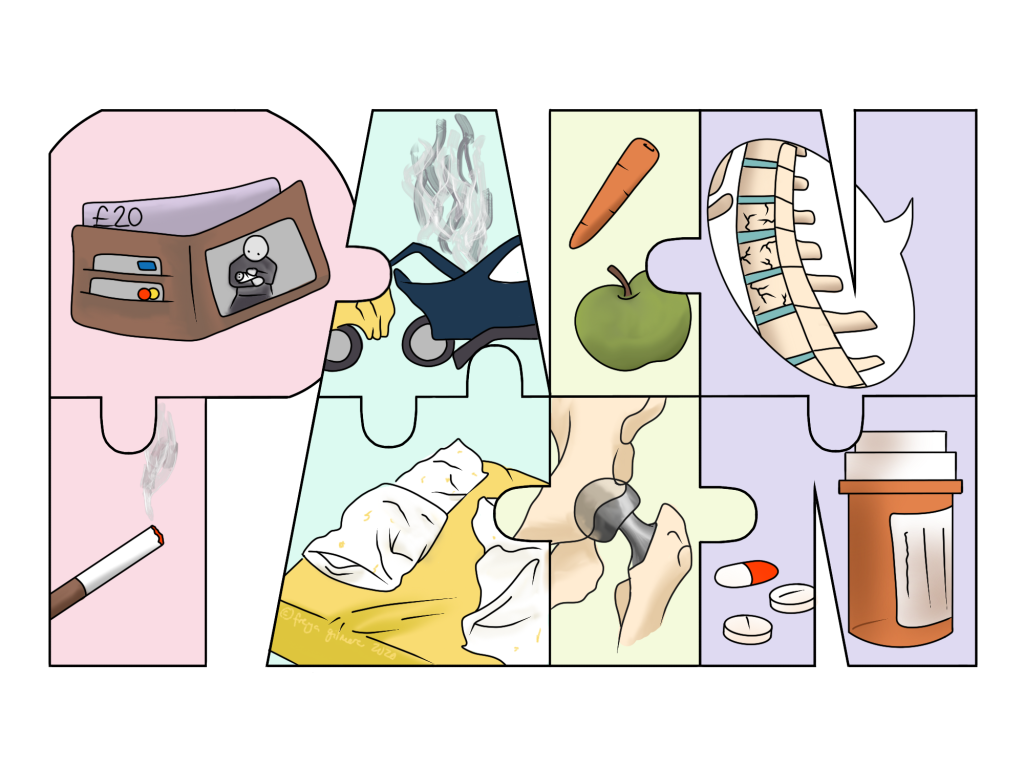

Chronic Pain is defined as pain lasting over three months. This may be due to a constant stimulus, such as an arthritic joint, or it might be Primary Chronic Pain

Primary Chronic Pain (PCP) is a pain condition that cannot be attributed to another cause. This encompasses conditions such as:
Some of these conditions affect certain demographics, some of which cannot be changed. Migraine and fibromyalgia are more commonly diagnosed in women, for example. However, chronic pain is also associated with a number of modifiable factors.
We know that smokers are more likely to suffer from chronic pain conditions. Similarly, poor diet is considered a risk factor for chronic pain. Poor or insufficient sleep also predisposes a person to develop it. Mental health conditions often come hand in hand with pain too. To summarise, the more you can improve any facet of your health, the less likely you are to develop a pain condition.
A prominent pain scientist, Lorimer Moseley, explains how the brain plays a role in how we perceive pain. If you are walking through tall grass and feel a small scratch, you probably won’t feel much pain. But what if that scratch later turns out to have been a snake bite, and you end up hospitalised and in agony? Next time you go walking in tall grass, a small scratch from a twig could genuinely feel like a snake bite. The brain wants to protect you, and it can learn to amplify the danger signal if it deems it necessary.
This is why understanding your condition is so important for a good prognosis. To take the snake analogy further- you’re much less likely to get that massive pain response if you see the twig brush your leg. The brain now has two pieces of information to use when deciding what would be a proportional reaction.
Lorimer Moseley has done another video specifically for chronic pain. You can watch it here.
Back pain can become a PCP condition if the original cause resolves, but the pain does not.
Secondary Chronic Pain (SCP) contrasts to PCP in that the pain is attributed to a structural condition. In that sense, long term Lower Back Pain caused by osteoarthritis, osteoporotic fracture, or chronic disc bulge could be SCP. As this pain is due to a constant stimulus, it may not follow as many of the risk factors listed above as PCP. But it can still be debilitating, and treatment needs to be multifaceted. We want to treat the cause, but also the compensations, and the associated sensitivity that may have developed.
Frustratingly, diagnosis for chronic lower back pain is not as easy as going and getting a scan. Not all structural things show up with imaging, and most of us have asymptomatic things that may look like a problem on a scan. These false positives are the reason the NHS does not recommend routine scanning for lower back pain. Your osteopath can be your first port of call for most cases of lower back pain.
If your pain has crossed the three month threshold, book an appointment now to see how we can help.